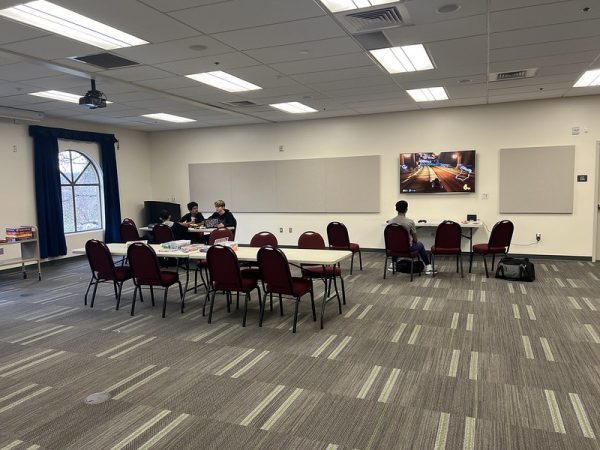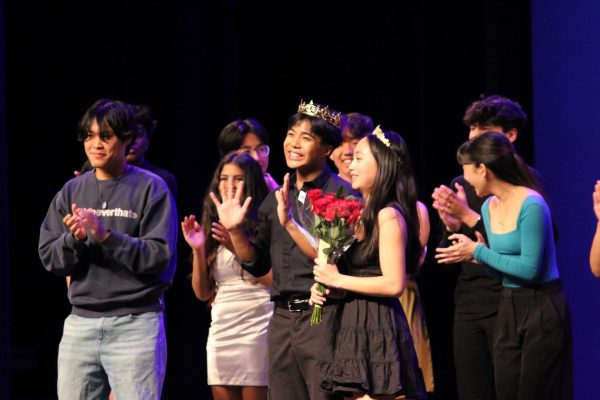Affirmative Action: Progressive thinking or rebranded discrimination?
October 19, 2017
The great American Melting Pot is a proof of what many consider to be our greatest strength: diversity. This diversity seen in our streets and our homes does not find proportional representation in schools, prompting colleges to find solutions to better represent minorities. This ultimately flawed system, known as affirmative action, seeks to serve those it considers systematically disadvantaged and promote diversity. Despite its best efforts, however, it fails to create an effective system to promote these values.
Many have supported racial considerations in colleges and jobs as a way of promoting those who were less fortunate. If African Americans as a whole earn less than whites, then it so follows that certain opportunities would have been systematically denied. Not being able to afford a private school or a math tutor would add up to a lower quality of education all the way up until college, where affirmative action would swoop in and balance the system. African Americans would be given the equivalent of a 230 point SAT score boost in order to put them on a level playing field. Similarly, Hispanics would be given a 185 point boost, while Asian Americans would be penalized 50 points. This racial point addition or deduction system would, hypothetically, help poorer students fare better.
However, controlling for race in order to bolster the applications of economically disadvantaged students is highly ineffective. A 1990 Princeton study showed that with all other factors controlled for, poorer students received little to no lift compared to affluent students. Although lower-income minorities were somewhat benefitted, lower-income whites were not. Meanwhile, middle class students as a whole continue to fare worse than athletes, affluent applicants or so-called legacy students, children of former alumni.
Which means ultimately, affirmative action doesn’t really help poorer applicants: which it really shouldn’t anyhow. Trying to quantify the differences between affluent and lower-income students and then casting a blanket score booster over individuals of certain races shouldn’t be our solution. It casts aside notions of actually improving our public education by instead implementing a haphazard system to recruit under qualified poor students to fit quotas. While it has good intentions, it just creates an ineffective system that prevents real solutions for benefitting the economically disadvantaged from day one.
Grooming applications by race is more often justified for a different reason: diversity. Having a mix of races and preventing minority underrepresentation sounds good in theory, but comes off as condescending. Instead of implementing bottom-up changes in our education system to help minorities, we resort to lowering our standards in order to fill quotas. It’s lazy to simply use a race-based system under the guise of equality and claim it creates a fair system. Rather than working to create ways to allow minorities to work hard and get admittance by their own merit, we hand them admission by changing the rules to help them.
Is diversity an ideal colleges should work toward? Definitely. But placing such a heavy weight on race creates representation of less-talented individuals in competitive colleges due solely to their race. Not every school will be a perfect melting pot with exactly proportional representation — and that’s okay. But the ideals of diversity can be better achieved if education is provided in early education. That way underrepresented minorities can earn positions through their own hard work.
Although some may fear that discontinuation of affirmative action could undermine diversity or minority representation, minority growth can still exist without affirmative action. According to the New York Times, even though affirmative action was removed in several schools in 2001, many still saw a net increase in the percent of underrepresented minorities. UCLA, Berkeley and Texas A&M all still saw an increase in Hispanic freshmen from 2001 to 2011.
Furthermore, this argument of diversity fails to see the point of college admission. Admissions officers go through a great deal of trouble to judge each individual on a case-by-case basis to find driven pupils that are interested in learning. Not only could colleges be missing out on talented and hardworking students, certain people of so-called privileged races could be denied a hard-earned position in a talent.
When colleges start to value innate characteristics over personal merit, it becomes the search for token minorities to flaunt instead of a search for truly talented and driven individuals. People stop becoming unique and become part of a larger category; it becomes well-meaning but misguided racial profiling that would punish or benefit people based solely on race. Our push for equality and diversity should create environments where people are given the tools for success from Day One, instead of being judged by their race when they leave high school. We begin to become the very monsters we sought to destroy, the moment we place value on the color of one’s skin over the content of their character.









